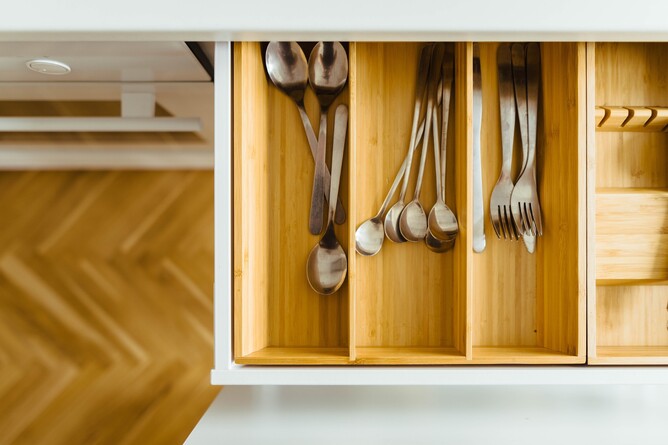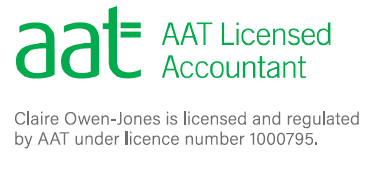If you rent an office or workshop, then the figure you can put through your tax return is fairly straightforward.
However, for a lot of small businesses, renting isn’t an option for either financial or practical reasons, so you may find yourself working from home.
As your business is likely to be increasing certain household expenses, it seems unfair not to include these within your tax-deductible expenses.
But as it isn’t as clear cut what is a business expense and what is a personal expense, making the calculation isn’t a simple case of popping some bills through your tax return.
Is there a really simple way to calculate my use of home expenses?
HMRC have created a flat rate which you can claim for your use of home expenses. These are dependant on the number of hours you work from home and I explain these I more detail in this blog.
I think the simplified expenses work well if you have a low impact business. Maybe one that requires you working from a computer in the corner of a spare bedroom or off the dining room table.
You can claim the additional internet costs separately and the overall impact on your light and heating bills are going to be low.
What can I do if I don’t think the simplified flat rate is high enough?
The flat rate set by HMRC is on the low side, as you may expect. So, if your business has a larger impact on your household bills, you may find these simply are not high enough to cover the additional costs.
It could be that you have a room solely dedicate to your business, so the spare bedroom is now officially your workshop and no longer has a bed in it. Or maybe you provide beauty treatments of massages from home so need not only a dedicate room, but have that room well heated.
In these instances, it is worth getting out the pen and paper and doing some maths.
How much space in your house does your business take up?
The first thing you need to do is identify how many rooms your house has as these will all be covered by your household bills.
HMRC refer to “normal living spaces” so bathrooms, landings and hallways can be excluded. If you have a garage or garden room which is also attached to your light and heating bills, then these need to be included too.
Identify how much time your business spends in these rooms
Quite often a room in your house may have a duel purpose; such as the spare bedroom, so you cannot claim 100% of the costs.
Be honest and think about how much time your business spends in each room.
For most it might be a nice and easy zero percent. If you have a dedicated room, then that would be a nice and easy 90-100%. However, it could be that you use one room for your business between 8 and 4 and the rest of the time other family members use it, so the business use is only 70-80%.
What expenses can I claim for as part of my Use of Home?
I’ve mentioned light and heat a few times, so your heating and electric bills can be included.
You can also include the interest element of your mortgage payments (not the capital bit) or rent plus your council tax.
If your business is included in your home insurance, then that can also be included in the calculations. If you have a business only insurance, then 100% can go throw separately.
Broadband and telephone costs can be calculated separately.
How to calculate the claimable Use of Home expense
So, now you have the basis of your calculations it’s time to do the maths.
The first thing to do is add up all your expense for the year and then divide it between the number of rooms. That will give you a cost per room.
Then you can multiply the cost of the rooms that have some business use by the percentage they are used by the businesses. So, cost of room x 90% business use.
You can then add up the business use figures and that will give you the total expense that you can claim through your tax return.
How often should I do this calculation?
I would only recommend doing this calculation once a year as there are no real benefits on doing this more often.
You should recalculate your Use of Home expenses every time you complete your tax return however to reflect fluctuating costs and amend to any changes of business use.







